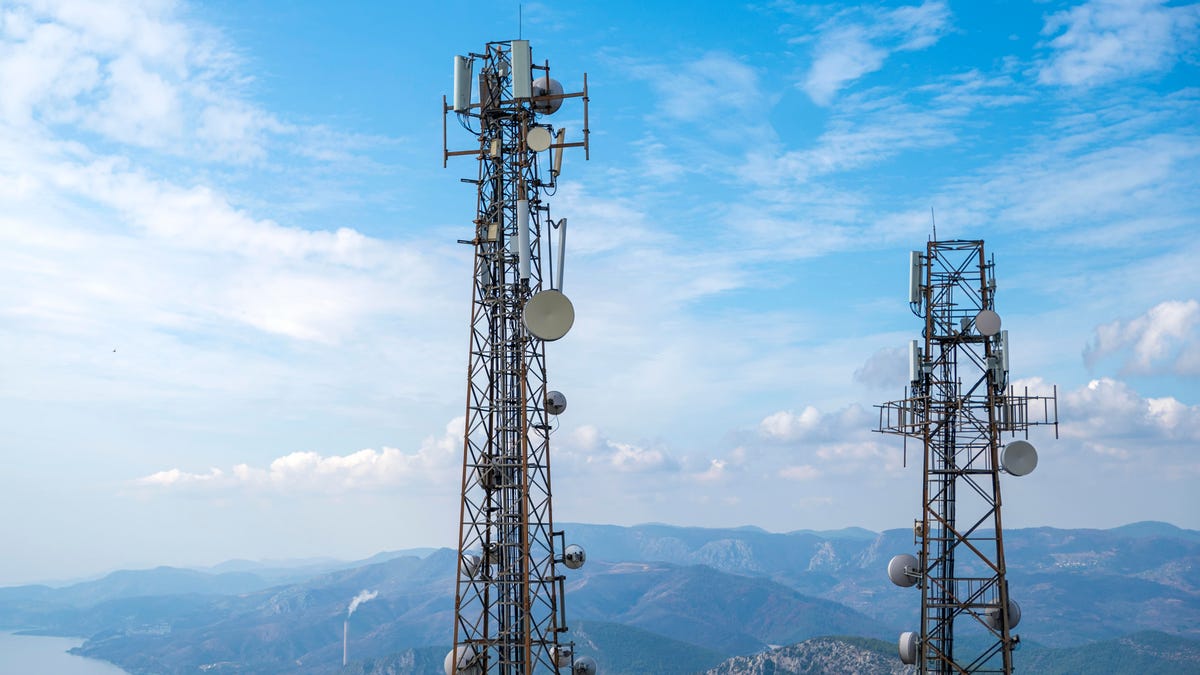 Why You Can Trust CNET
Why You Can Trust CNET FCC Creates Incentive Program to Close Digital Divide on Tribal Lands
The agency will make it more attractive for national carriers to share their wireless spectrum with small rural and tribal-owned service providers.

Policymakers in the US want to make it easier for AT&T, Verizon and T-Mobile to share their wireless spectrum with small providers in rural areas and on tribal lands to close the digital divide.
The US Federal Communications Commission wants to make it easier for tribal communities to get access to wireless spectrum to provide broadband and mobile service in areas where traditional broadband and wireless providers don't offer it.
On Thursday, the agency voted unanimously to establish the Enhanced Competition Incentive Program, or ECIP, which will offer incentives to large carriers like AT&T, Verizon and T-Mobile to make their unused wireless spectrum available to small carriers and tribal groups so they can establish service in unserved areas. The hope is that this program, along with other FCC programs like the Universal Service Fund, as well as newer efforts like the Broadband, Equity, Access, and Deployment Program and Affordable Connectivity Program, will help close the digital divide.
"No matter who you are or where you live, you need access to modern communications to have a fair shot at 21st century success," FCC Chair Jessica Rosenworcel said in a statement. "That is why the Federal Communications Commission is pursuing a '100 percent' broadband policy. In other words, our efforts won't stop until we bring affordable, reliable high-speed broadband to 100 percent of the United States."
Locating local internet providers
To achieve this goal, Rosenworcel said, the FCC is getting creative in the programs and incentives it's offering to get more service providers to build infrastructure where it's most needed, namely on tribal lands and in rural communities.
An expensive problem
The digital divide is a problem that policymakers have been trying to solve for decades. In spite of billions of dollars spent every year by the federal government to get more Americans in the US connected, there are still millions of people who don't have access to reliable, affordable, high-speed access.
Locating local internet providers
Building networks in rural America is incredibly expensive, and in some places it's nearly impossible. The terrain can be a problem, with mountain ranges or inclement weather making deployment difficult and more costly. But the bigger barrier in rural and tribal regions is more often due to low population density. Broadband providers simply won't offer service if they can't get enough customers to pay for it.
The way the FCC has structured its wireless spectrum auctions has also compounded this economic problem. Wireless spectrum licenses auctioned by the FCC, which often sell for billions of dollars, usually cover large geographic areas, which can be up to tens of thousands of square miles. As a result, the licenses are too expensive for smaller players and often go to the national carriers, which can afford the high price tags.
But because it's more profitable to deploy service in denser cities and suburbs, big carriers usually spend resources there while limiting deployment in rural communities to the minimum required by the FCC, according to the public interest group Public Knowledge. The result is a persistent gap in coverage, with rural and tribal communities perpetually being left out.
The FCC hopes it can help alleviate this issue by making it easier and providing more incentives for large carriers to lease their spectrum to smaller carriers and tribal communities to build their own networks.
"We know that right now some wireless providers have access to airwaves that others might be better positioned to deploy," Rosenworcel said. "But in the past our rules haven't always made it easy to get spectrum resources to those who want to build in the places that need it most. This new program will help fix that by building better incentives."
Incentives that could help
Specifically, the FCC plans to reward carriers that use their licenses to create new opportunities for smaller carriers or tribal communities by partitioning, disaggregating or leasing their spectrum, Rosenworcel said. These incentives include offering longer license terms on spectrum, extensions on build-out obligations, and more-flexible construction requirements.
"It's a way to make sure spectrum in rural areas actually goes to those most likely to use it," Rosenworcel said.
The FCC's efforts to further address coverage gaps in rural areas and on tribal lands comes as states prepare to begin rolling out the $42.5 billion Broadband Access Equity and Deployment, or BEAD, program, which was created by the bipartisan infrastructure legislation signed into law last year. Under this legislation and through the direction of the National Telecommunications and Information Administration, states receive funds that they'll distribute to providers to build infrastructure in unserved areas.

